Battery life is one of the most important attributes. Probably no one is interested in a device that they have to connect to the charger every now and then and constantly decide when they will have the next opportunity to recharge it. Of course, even the phone manufacturers themselves are aware of this. By various means, they try to achieve the best possible efficiency, which would ensure users a long life and, above all, reliability.
It could be interest you

For this reason, the so-called battery capacity has become an extremely important data. This is given in mAh or Wh and determines how much energy the battery itself can hold before it needs to be recharged. However, we can come across one peculiarity in this direction. Apple uses significantly weaker batteries in its phones than the competition. The question remains, why? Logically, it would make more sense if he equalized the size of the battery, which would theoretically offer even more endurance.
Different approach of manufacturers
First of all, let's focus on how Apple actually differs from its competition. If we take, for example, the current flagships, namely the iPhone 14 Pro Max and the newly introduced Samsung Galaxy 23 Ultra, for comparison, we will immediately see a fairly noticeable difference. While the aforementioned "fourteen" relies on a 4323 mAh battery, the guts of the new flagship from Samsung hides a 5000 mAh battery. Other models from these generations are also worth mentioning. So let's quickly summarize them:
- iPhone 14 (Pro): 3200 mAh
- iPhone 14 Plus / Pro Max: 4323 mAh
- Galaxy S23 / Galaxy S23+: 3900 mAh / 4700 mAh
As we have already mentioned above, at first glance you can see quite fundamental differences. For example, the iPhone 14 Pro can surprise you, which has the same battery capacity as the basic iPhone 14, namely only 3200 mAh. At the same time, this is not a recent difference. Similar differences in batteries can also be found when comparing phones across generations. In general, therefore, Apple bets on weaker batteries than the competition.
Lower capacity, but still great endurance
Now for the important part. Although Apple relies on weaker batteries in its phones, it can still compete with other models in terms of endurance. For example, the previous iPhone 13 Pro Max had a battery with a capacity of 4352 mAh, and still managed to beat the rival Galaxy S22 Ultra with a 5000mAh battery in endurance tests. So how is this possible? The Cupertino giant relies on one very fundamental advantage that puts it in a more advantageous position. Since it has under its thumb both the hardware and the software itself in the form of the iOS operating system, it can much better optimize the phone as a whole. Apple A-Series chipsets also play an important role. In combination with the aforementioned optimization, Apple phones can work much better with the available resources, thanks to which it offers such endurance even with a weaker battery.

On the contrary, the competition does not have such an opportunity. Specifically, it relies on Google's Android operating system, which runs on hundreds of devices. On the other hand, iOS can only be found in Apple phones. For this reason, it is practically impossible to complete the optimizations in the form that Apple offers. The competition is therefore forced to use slightly larger batteries, or the chipsets themselves, which can be a little more economical, can be helpful to a large extent.
Why doesn't Apple bet on bigger batteries?
Although Apple phones offer excellent battery life, the question still arises as to why Apple does not put larger batteries in them. In theory, if he could match their capacity to the competition, he would be able to noticeably surpass it in terms of endurance. But this is not as simple as it might seem at first glance. The use of a larger battery brings with it a number of disadvantages that can have a negative impact on the device itself. Phone manufacturers don't chase larger batteries for simple reasons - batteries are quite heavy and take up a lot of space inside the phone. As soon as they are a bit bigger, they naturally take longer to recharge. We must also not forget to mention their potential danger. Samsung especially knows about this with its earlier Galaxy Note 7 model. It is still known today for its battery failure, which often resulted in the explosion of the device itself.
It could be interest you
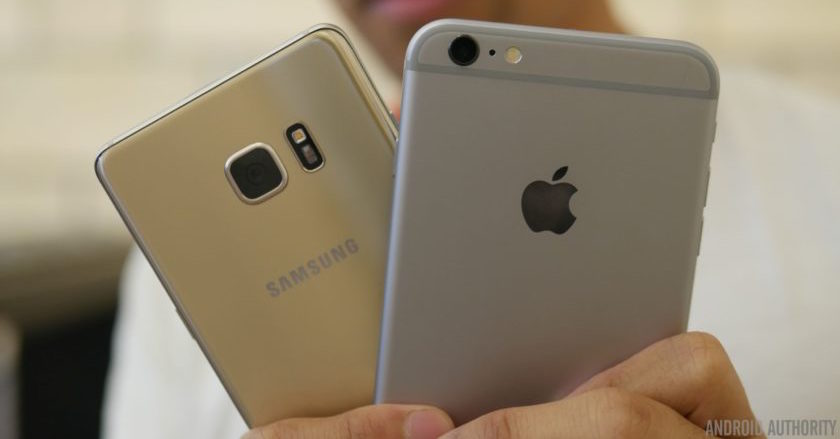
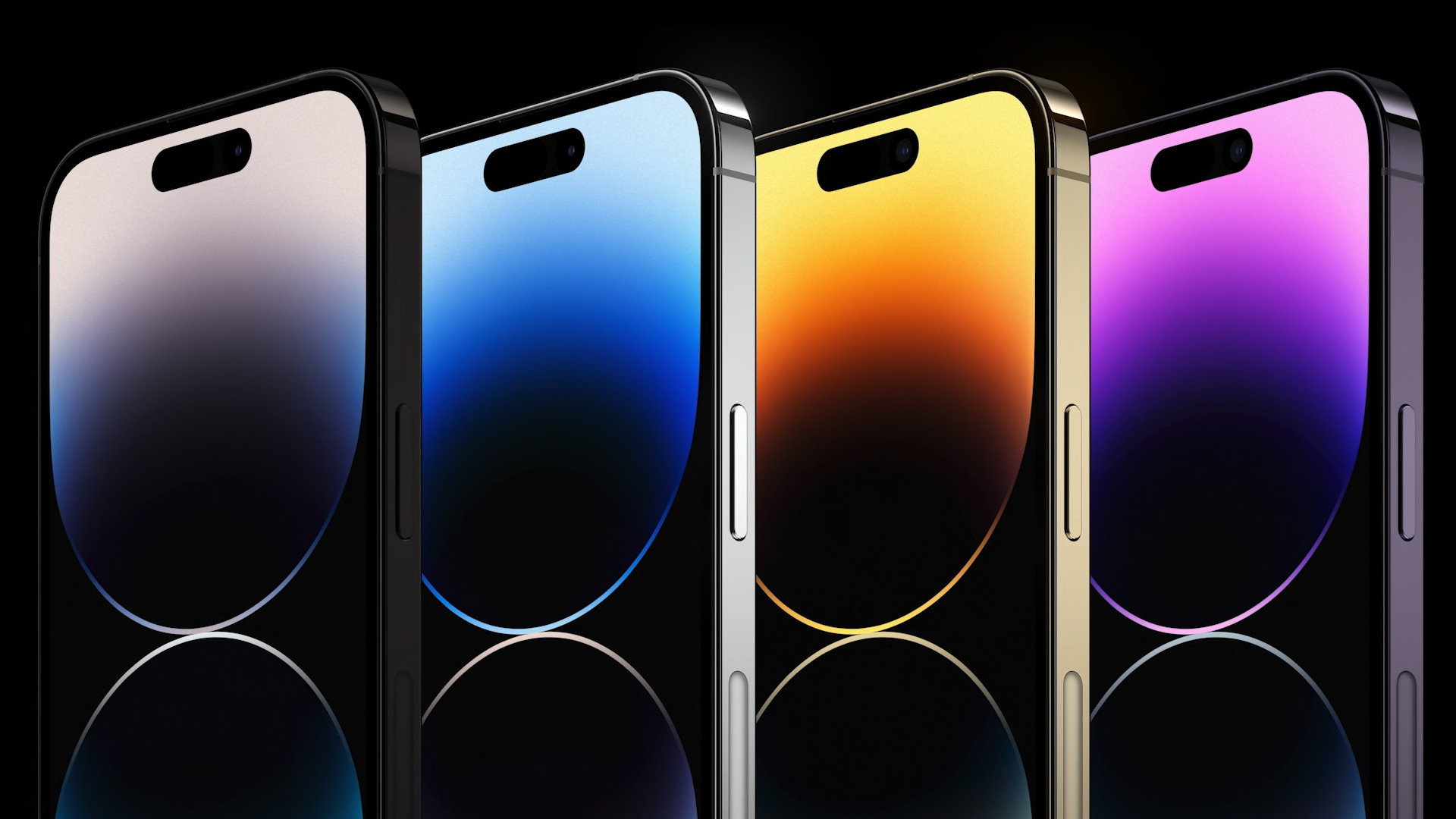
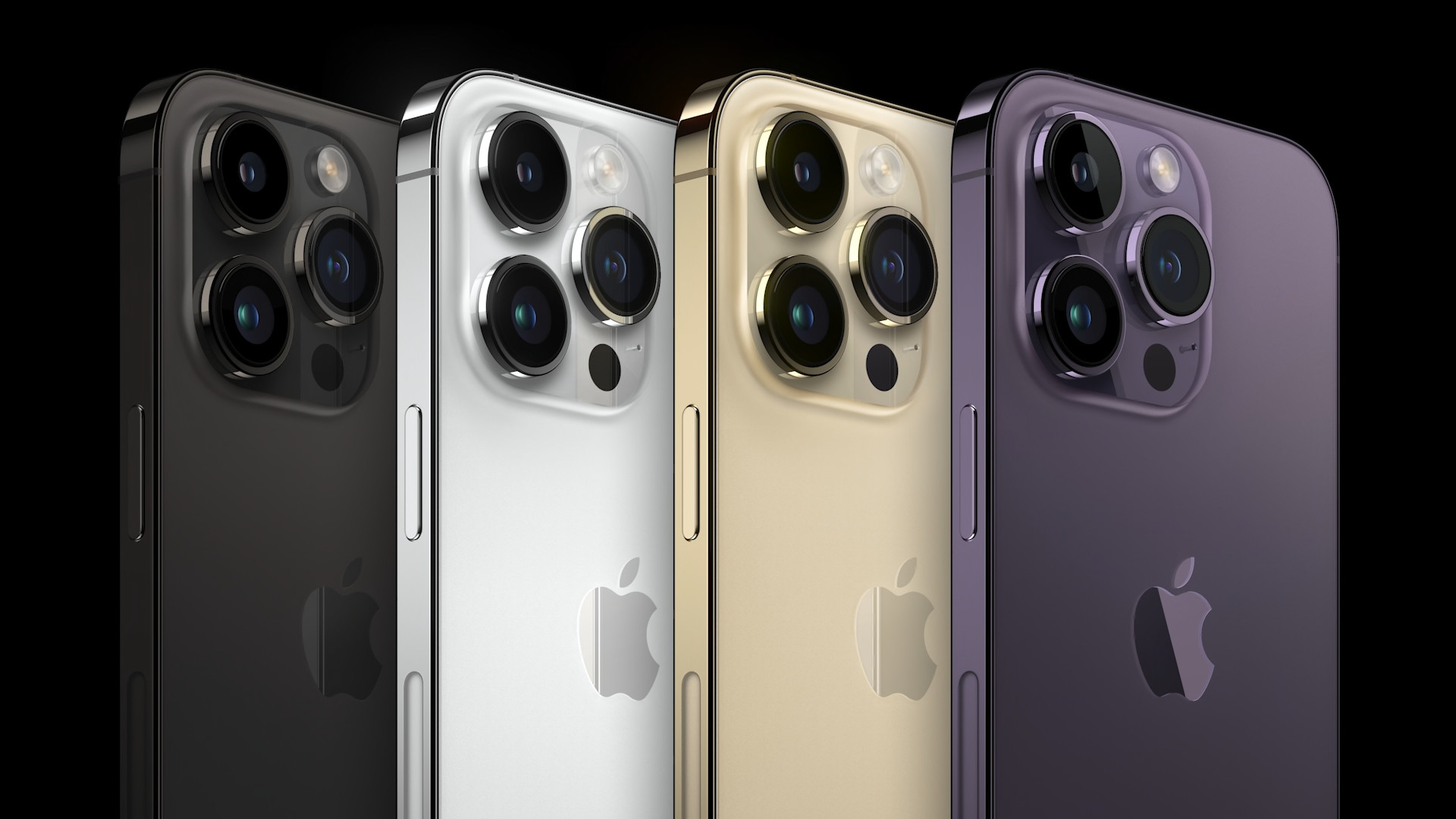
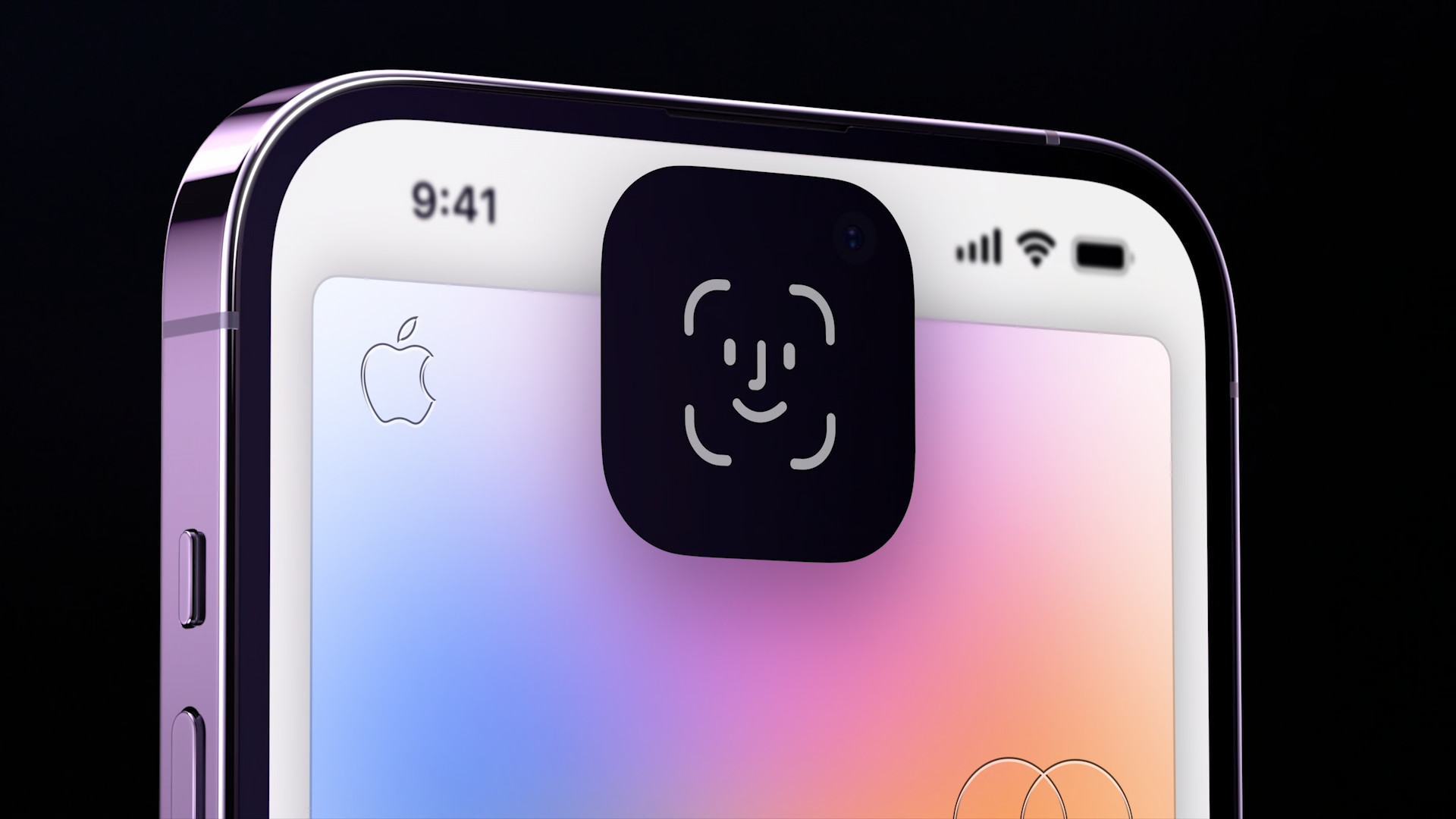
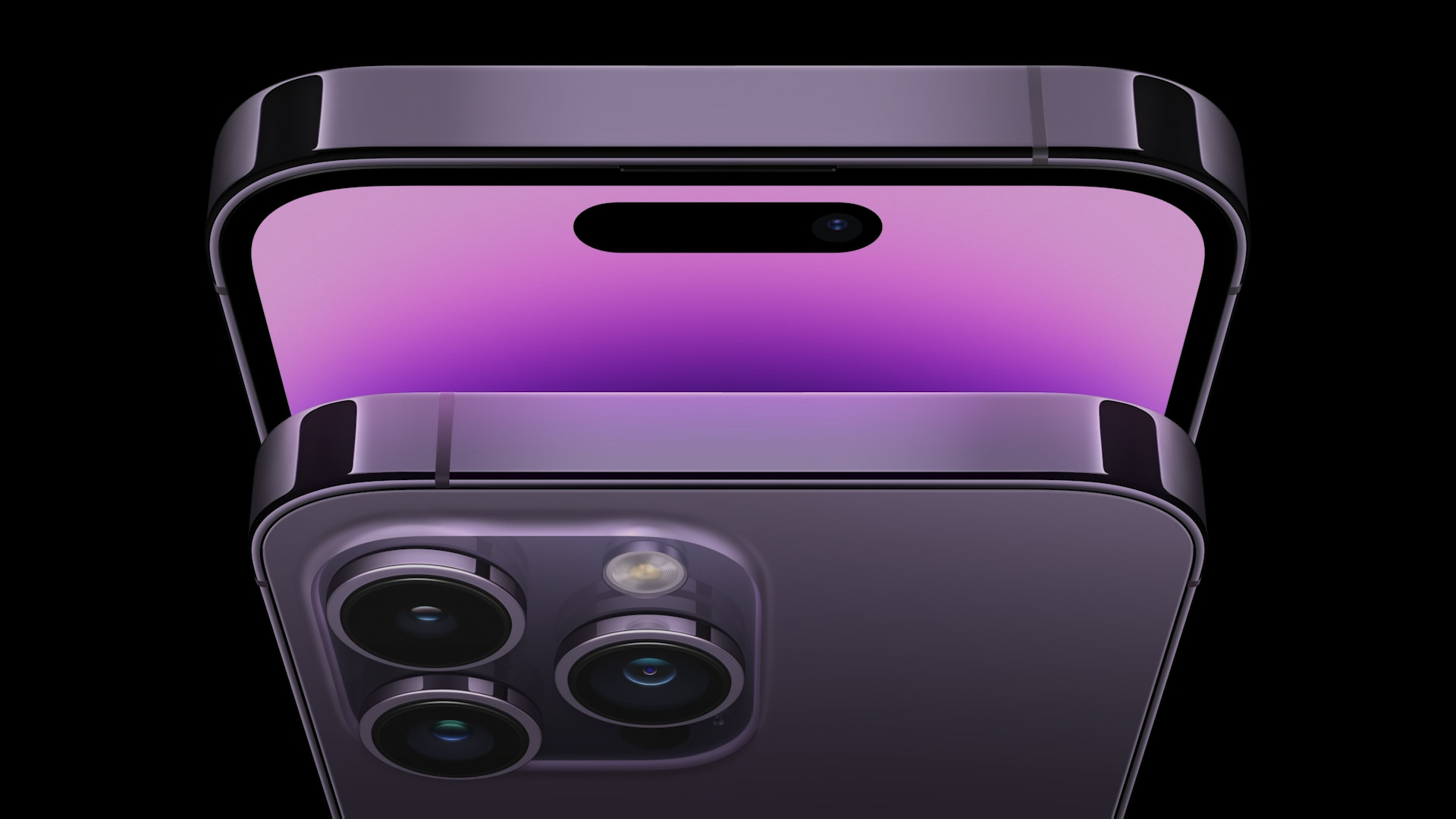
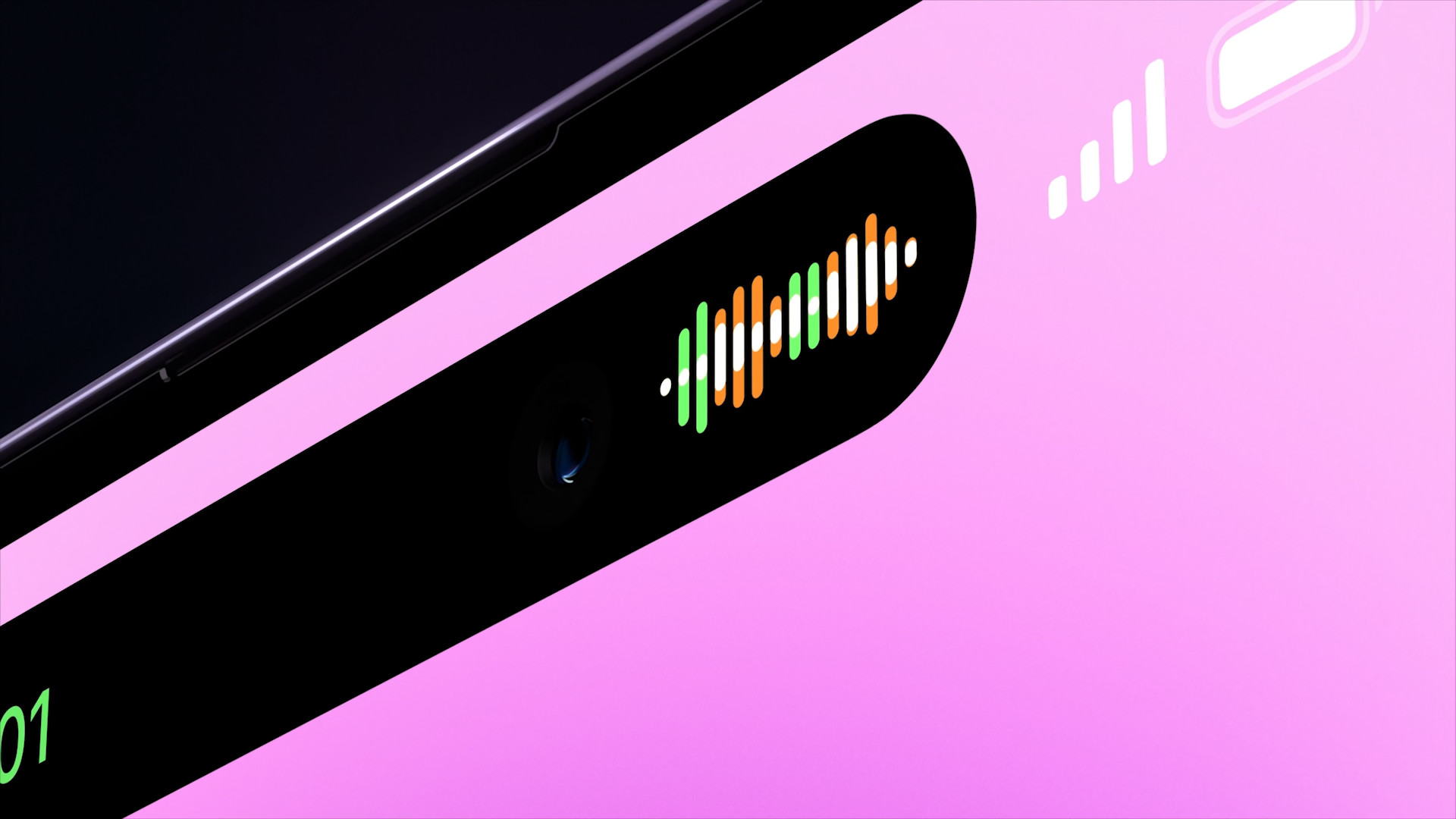
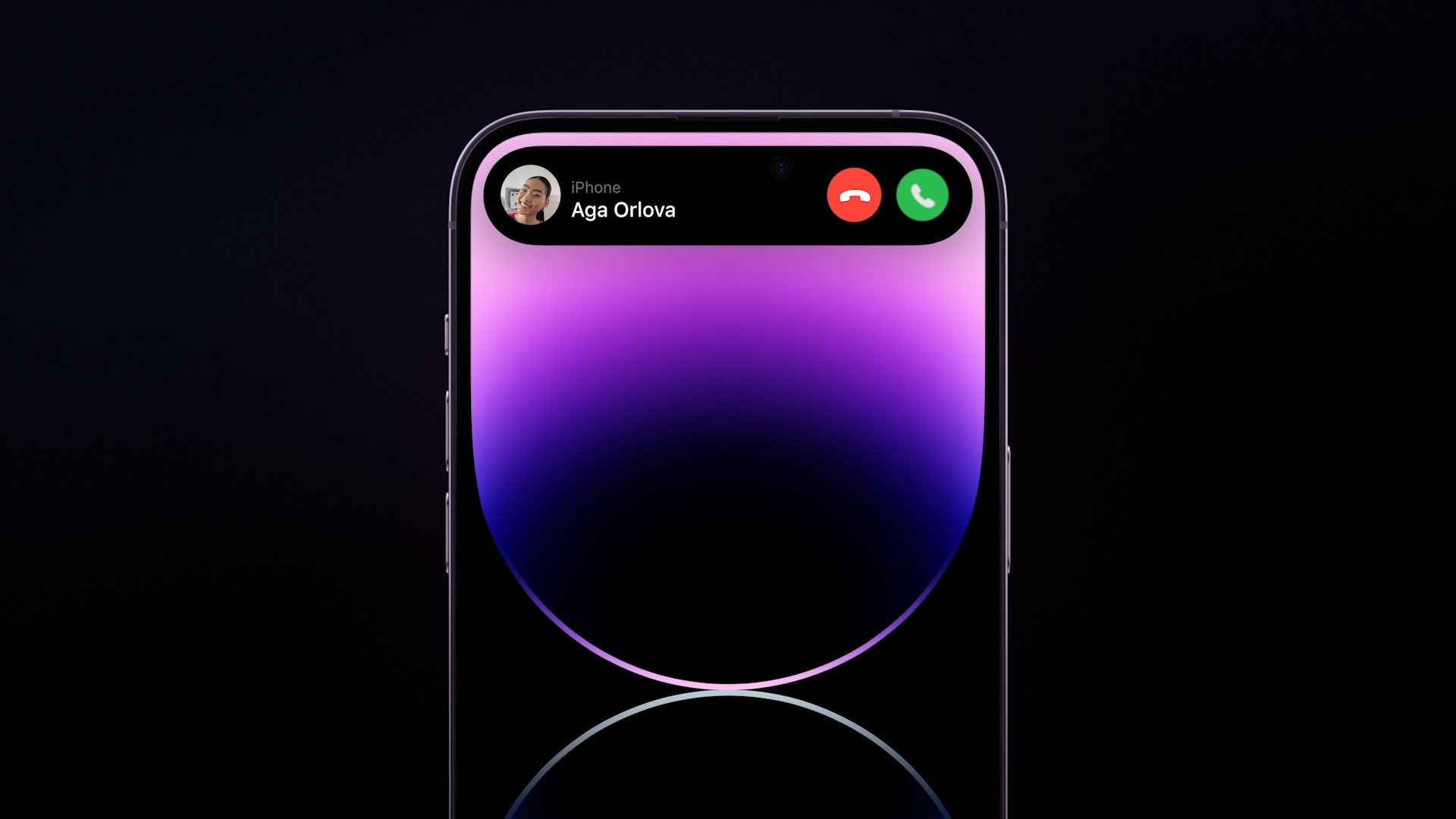
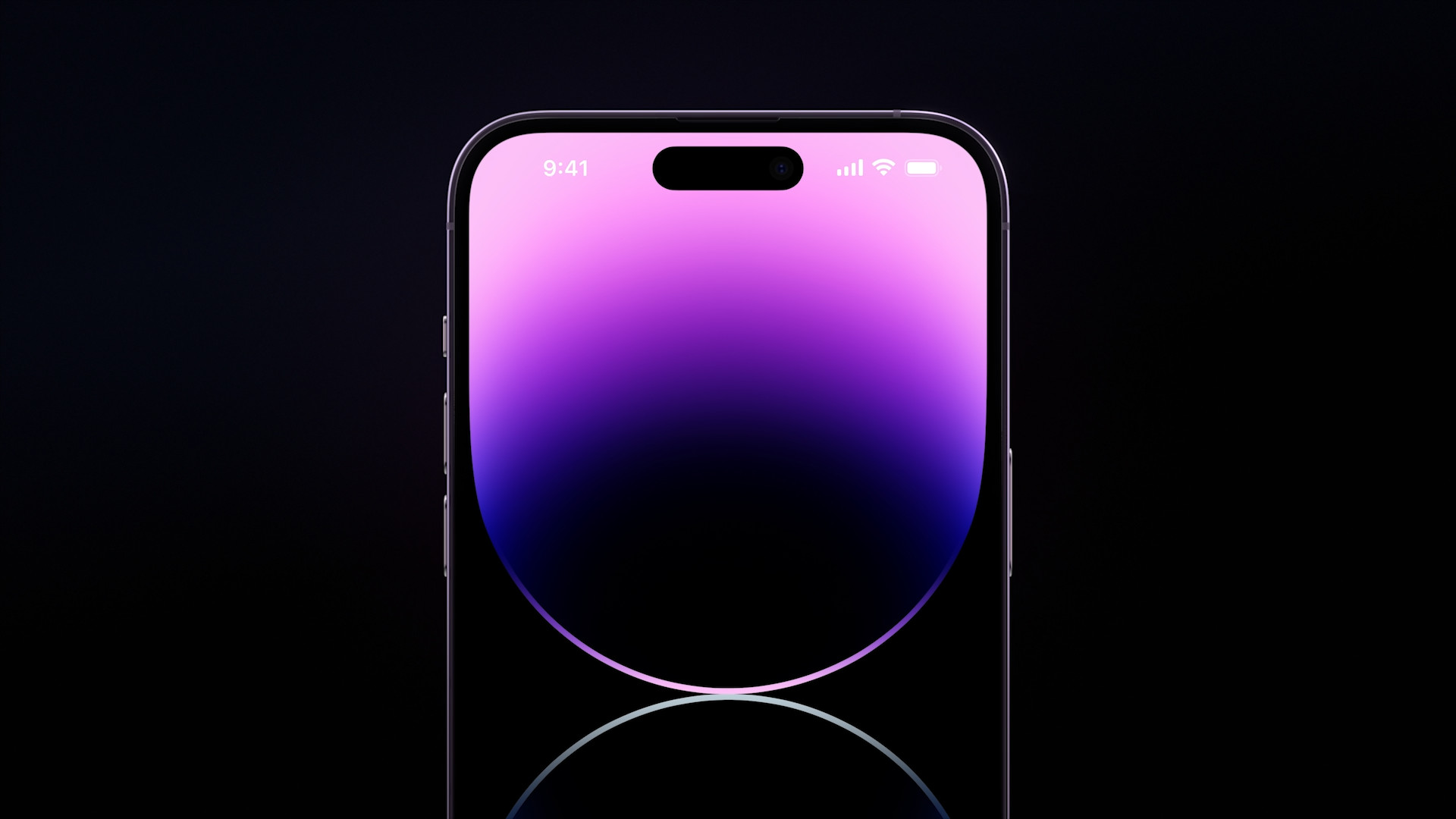

 Flying around the world with Apple
Flying around the world with Apple
I really enjoy reading all the articles. They always make sense and many of your colleagues could learn from you
The title is quite misleading. Worse means lower quality.